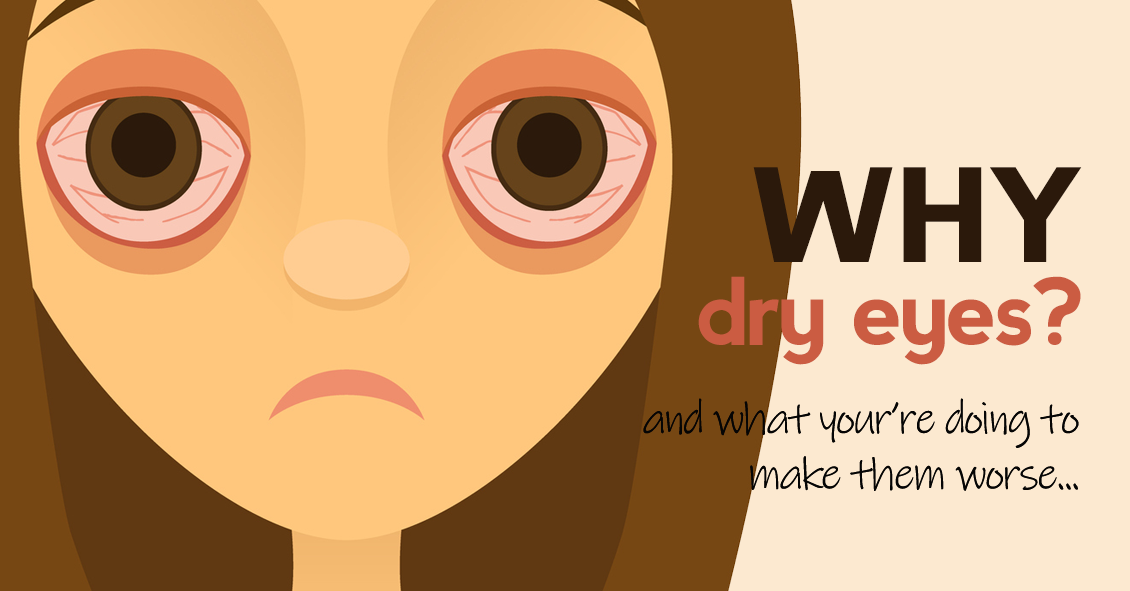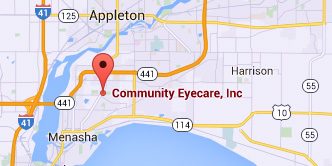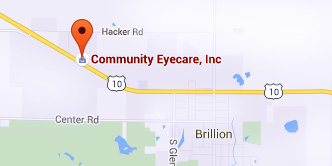Latest News & Promos
- Details
- Written by The Community Eyecare Team

There are many options available to adults and children when it comes to wearing corrective lenses (glasses and contacts) when engaged in physical activities.
Here is a look at the different modalities and the pros and cons of each:
Prescription Sports Goggles (i.e. Rec Specs)
The main benefits of goggles when playing sports are stability of vision and eye protection. When playing fast-moving sports, like basketball, soccer, rugby, etc., elbows, wrists, and heads are flying around...
- Details
- Written by The Community Eyecare Team

Millions of people are affected by dry eye syndrome and the prevalence of dry eye increases with age. An estimated 3.2 million women and over and 1.68 million men age 50 and over are affected by dry eye syndrome.
Here are some risk factors for dry eye:
Aging: Advancing age is the single most important risk factor for dry eye. Most of our body’s moisture-producing glands produce less moisture as we age.
Gender: Women are twice as likely as men to suffer from dry eye. Changes in...
Patient Resources
Please Leave a Google Review
We sincerely appreciate our patients and welcome your feedback. Please take a moment to let us know how your experience has been.
Our Dry Eye Center
Northeast Wisconsin's Optometrists of Choice
Menasha Office
1255 Appleton Road
Menasha, WI 54952-1501
Phone: (920) 722-6872
CALL 1ST - NO WALK-INS
Brillion Office
950 West Ryan Street
Brillion, WI 54110-1042
Phone: (920) 756-2020
CALL 1ST - NO WALK-INS
Black Creek Office
413 South Main Street
Black Creek, WI 54106-9501
Phone: (920) 984-3937
CALL 1ST - NO WALK-INS
© Community Eyecare, Inc.: 3 Convenient Northeast Wisconsin Locations | Menasha, WI | Brillion, WI | Black Creek, WI | Site Map
Text and photos provided are the property of EyeMotion and cannot be duplicated or moved.




